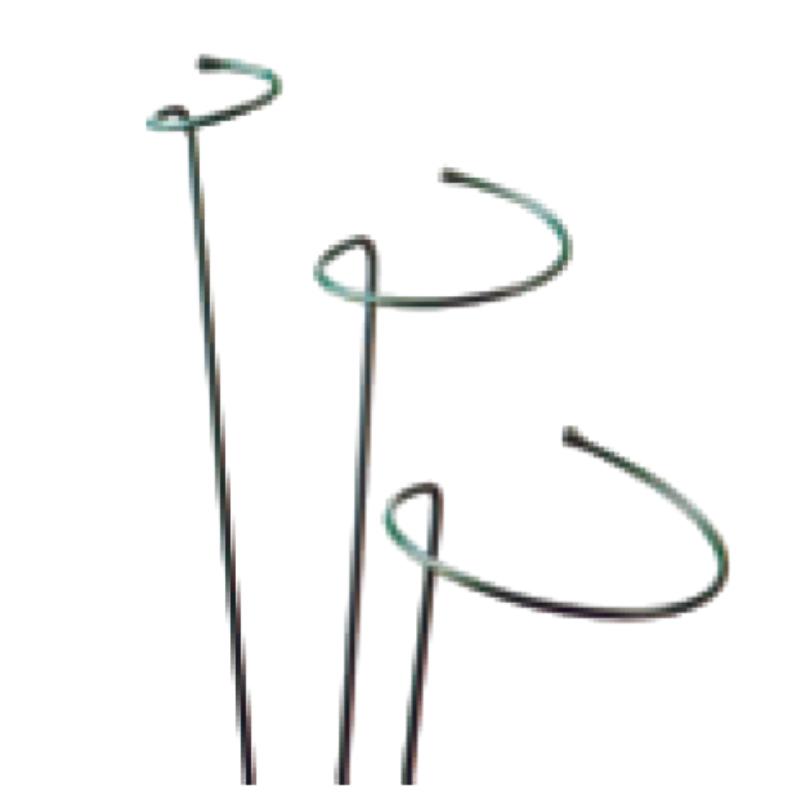-
E-poçta:zhao@hyliec.cn
-
Tel:+86 311 85273988
-
WhatsAPP:8613931128750
-
 Afrikaly
Afrikaly -
 Alban
Alban -
 Amhar
Amhar -
 Arapça
Arapça -
 Ermeni
Ermeni -
 Azerbaýjan
Azerbaýjan -
 Bask
Bask -
 Belarus
Belarus -
 Bengali
Bengali -
 Bosniýa
Bosniýa -
 Bolgar
Bolgar -
 Katalan
Katalan -
 Sebuano
Sebuano -
 Korsikan
Korsikan -
 Horwatiýa
Horwatiýa -
 Çeh
Çeh -
 Daniýaly
Daniýaly -
 Gollandiýaly
Gollandiýaly -
 Iňlis
Iňlis -
 Esperanto
Esperanto -
 Eston
Eston -
 Fin
Fin -
 Fransuz
Fransuz -
 Frizian
Frizian -
 Galisiýa
Galisiýa -
 Gürji
Gürji -
 Nemes
Nemes -
 Grek
Grek -
 Gujarati
Gujarati -
 Gaiti kreoly
Gaiti kreoly -
 hausa
hausa -
 hawaiian
hawaiian -
 Hebrewewreýçe
Hebrewewreýçe -
 .Ok
.Ok -
 Miao
Miao -
 Wenger
Wenger -
 Islandiýa
Islandiýa -
 igbo
igbo -
 Indoneziýaly
Indoneziýaly -
 irish
irish -
 Italýan
Italýan -
 Japaneseaponlar
Japaneseaponlar -
 Javaneseawan
Javaneseawan -
 Kannada
Kannada -
 Gazak
Gazak -
 Khmer
Khmer -
 Ruanda
Ruanda -
 Koreýçe
Koreýçe -
 Kürt
Kürt -
 Gyrgyzystan
Gyrgyzystan -
 Inçekesel
Inçekesel -
 Latyn
Latyn -
 Latwiýa
Latwiýa -
 Litwa
Litwa -
 Lýuksemburg
Lýuksemburg -
 Makedoniýa
Makedoniýa -
 Malgaşi
Malgaşi -
 Malaý
Malaý -
 Malaýalam
Malaýalam -
 Malta
Malta -
 Maori
Maori -
 Marathi
Marathi -
 Mongol
Mongol -
 Mýanma
Mýanma -
 Nepali
Nepali -
 Norweg
Norweg -
 Norweg
Norweg -
 Oksitan
Oksitan -
 Puştun
Puştun -
 Pars
Pars -
 Polýak
Polýak -
 Portugaliýa
Portugaliýa -
 Penjebi
Penjebi -
 Rumyn
Rumyn -
 Rus
Rus -
 Samoan
Samoan -
 Şotlandiýaly Gael
Şotlandiýaly Gael -
 Serb
Serb -
 Iňlis
Iňlis -
 Şona
Şona -
 Sindhi
Sindhi -
 Sinhala
Sinhala -
 Slowakiýa
Slowakiýa -
 Sloweniýa
Sloweniýa -
 Somali
Somali -
 Ispan
Ispan -
 Sundanese
Sundanese -
 Suwaýili
Suwaýili -
 Şwesiýa
Şwesiýa -
 Tagalog
Tagalog -
 Täjik
Täjik -
 Tamil
Tamil -
 Tatar
Tatar -
 Telugu
Telugu -
 Taý
Taý -
 Türk
Türk -
 Türkmenler
Türkmenler -
 Ukrain
Ukrain -
 Urdu
Urdu -
 Uýgur
Uýgur -
 Özbek
Özbek -
 Wýetnamly
Wýetnamly -
 Uels
Uels -
 Kömek ediň
Kömek ediň -
 Yiddishahudy
Yiddishahudy -
 Yorubaoruba
Yorubaoruba -
 Zulu
Zulu
Metal Plant Supports
What Is The Support Structure Of A Plant?
The support structure of a plant refers to the system of tissues and organs that provide stability and enable the plant to maintain an upright position. This support structure includes several key components:
1. Cell walls: The rigid cell walls of plant cells provide structural support, especially in non-woody plants. The cell walls help maintain the shape and rigidity of the plant's cells, contributing to its overall structure.
2. Stems: Stems play a crucial role in supporting the plant and providing a framework for the attachment of leaves, flowers, and reproductive structures. The stems also facilitate the transport of water, nutrients, and sugars throughout the plant.
3. Roots: The root system anchors the plant in the soil, providing stability and support. Additionally, roots absorb water and nutrients from the soil, contributing to the overall health and growth of the plant.
4. Vascular tissues: Xylem and phloem are specialized tissues that form the plant's vascular system. Xylem transports water and minerals from the roots to the rest of the plant, while phloem transports sugars and other organic compounds to various parts of the plant.
5. Specialized structures: Some plants have specialized support structures, such as tendrils, thorns, or aerial roots, which aid in climbing, attachment, or additional support.
The combination of these structural elements allows plants to maintain their shape, withstand environmental forces, and support essential physiological processes.
Iron Plant Supports Faq
What are the benefits of using iron plant supports?
Iron plant supports offer durability and strength, making them suitable for providing robust support for heavy or sprawling plants. They can withstand the weight of mature plants and help maintain their shape and structure.
What types of plants are best supported by iron plant supports?
Iron plant supports are well-suited for providing support to a wide range of plants, including peonies, roses, delphiniums, and other tall or heavy-flowering perennials. They can also be used for supporting climbing plants such as clematis or sweet peas.
How should iron plant supports be installed?
Iron plant supports should be installed firmly in the ground to ensure stability. When supporting individual plants, place the support structure around the plant early in the growing season, allowing the plant to grow into and around the support naturally.
Are there different styles and designs of iron plant supports available?
Yes, iron plant supports come in various styles and designs, including hoop supports, grid supports, and individual stakes. These different designs cater to the specific needs of different types of plants and can provide effective support while enhancing the visual appeal of the garden.
How can iron plant supports be maintained?
To maintain iron plant supports, periodically inspect them for signs of rust or corrosion, especially if they are exposed to the elements. If rust is present, it can be removed using a wire brush, and the supports can be treated with a rust-resistant coating or paint to prolong their lifespan.






